The automobile industry has witnessed countless innovations over the years, yet some fascinating developments have slipped into obscurity. Among these are the tailgate window innovations of the mid-20th century, which once promised a revolution in car design and functionality. This exploration delves into the rise, peak, and eventual decline of these innovations, shedding light on a forgotten era in automotive history.
The Rise of Tailgate Windows
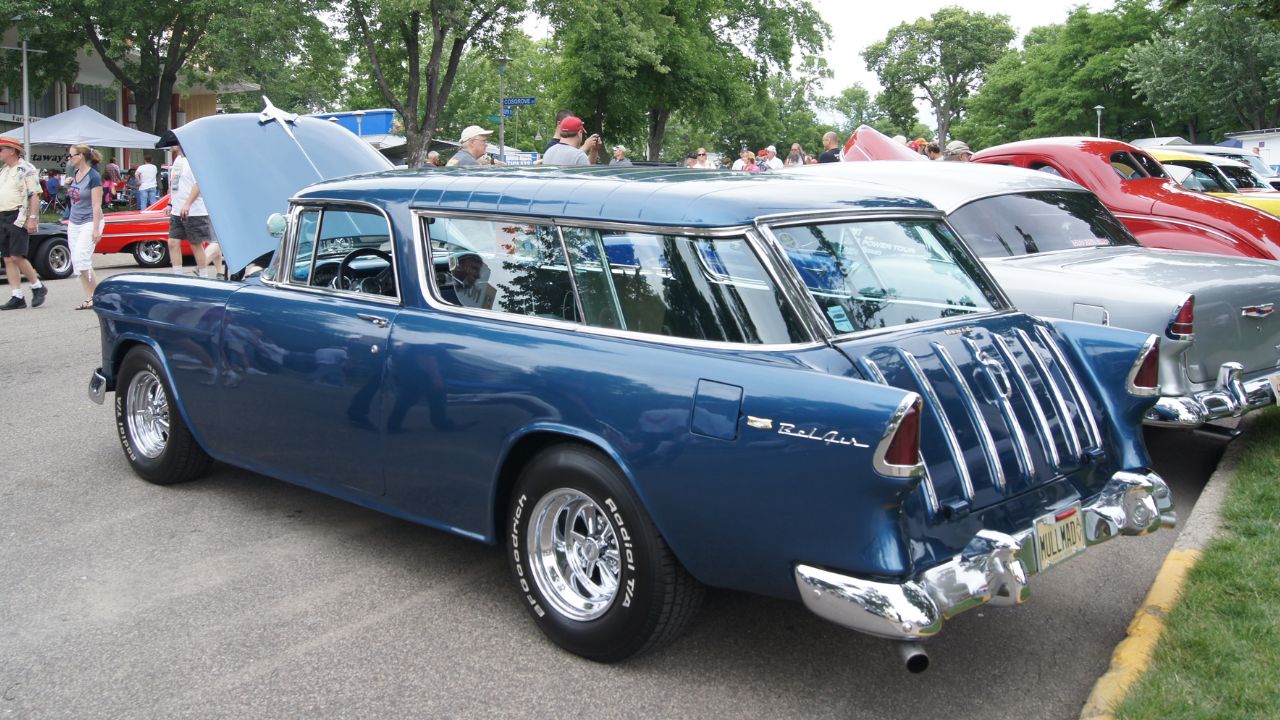
Post-war Automotive Boom
The economic boom following World War II marked a significant period for the automotive industry. As families settled into suburban life, there was a burgeoning demand for vehicles that could accommodate a variety of needs, from daily commutes to weekend getaways. Car manufacturers were eager to capitalize on this demand by exploring innovative designs that promised to enhance the driving experience.
During the 1950s, tailgate windows emerged as a novel feature. They symbolized the era’s spirit of progress and experimentation. Automakers like Ford and Chevrolet started incorporating these windows into their station wagons, which were becoming increasingly popular among American families. The tailgate window was not just a stylistic choice but a functional enhancement that resonated with the growing car culture of the time.
Functionality Meets Convenience
Tailgate windows offered practical benefits that went beyond aesthetics. They provided increased ventilation, which was a significant advantage during the hot summer months before air conditioning became standard in vehicles. Families and outdoor enthusiasts appreciated the ease of loading and unloading cargo through these windows, making road trips and camping outings more convenient.
The design of these windows allowed for versatile use of the vehicle’s rear space. For instance, the roll-down mechanism enabled users to access the cargo area without fully opening the tailgate, a feature that was particularly useful in tight parking spaces or when the vehicle was in motion. This innovation was a testament to the era’s focus on combining functionality with convenience, enhancing the overall utility of the family car.
Key Innovations and Designs
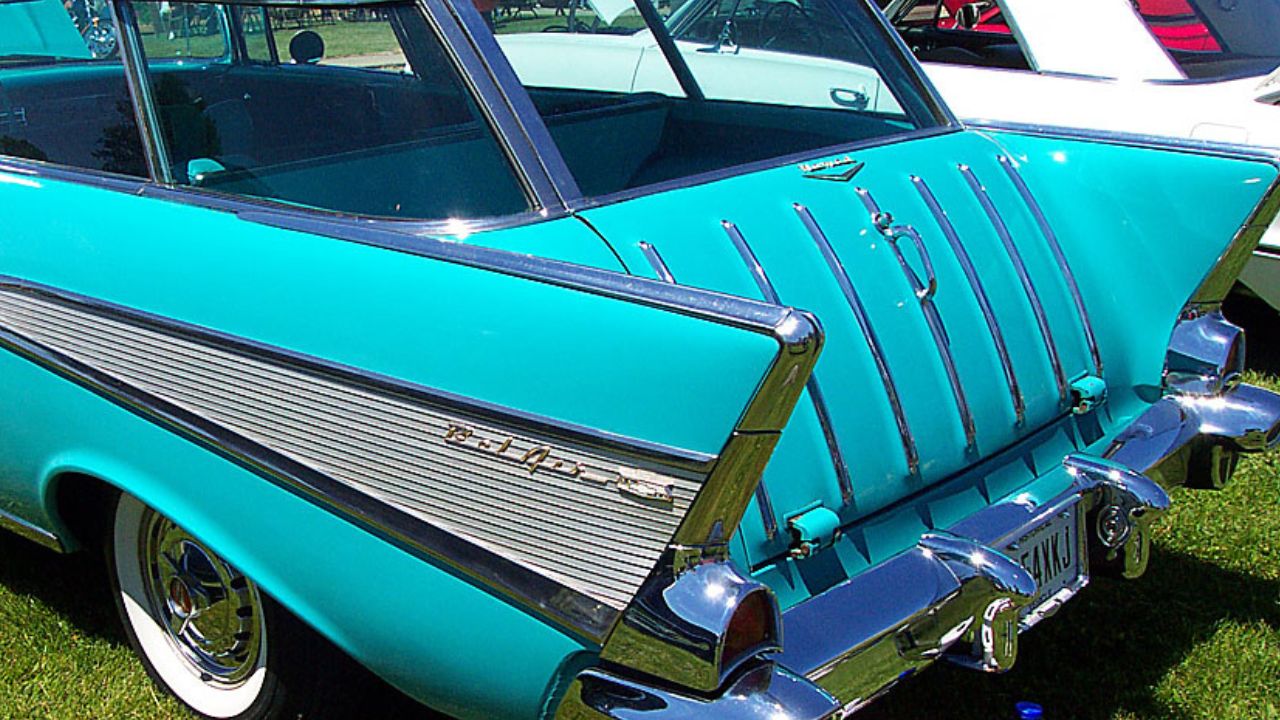
The Advent of the Roll-Down Window
The roll-down tailgate window was one of the first significant innovations in this category. It allowed drivers and passengers to lower the window into the tailgate, providing an open-air experience similar to that of a convertible. This feature was particularly appealing during an era when the feeling of freedom on the open road was a major selling point for car buyers.
Models like the 1957 Chevrolet Nomad showcased the roll-down tailgate window as a standard feature, making it a desirable option for families looking for both style and functionality. The mechanics behind these windows were relatively straightforward, yet they required precise engineering to ensure durability and ease of use. The roll-down window was a precursor to many of the automated features we see in cars today.
Electric Tailgate Windows
The introduction of electric tailgate windows marked another leap forward in automotive technology. By the 1960s, manufacturers were experimenting with electric motors to automate the raising and lowering of tailgate windows. This innovation foreshadowed the increasing trend toward automation in the automotive industry, which would eventually lead to features like power windows and automated sunroofs.
Vehicles like the 1969 Ford Country Squire integrated electric tailgate windows, offering a glimpse into the future of car design. These windows not only added a touch of luxury but also showcased the potential for technology to enhance the driving experience. Despite their appeal, electric tailgate windows were often considered a premium feature, limiting their widespread adoption.
Marketing and Cultural Impact
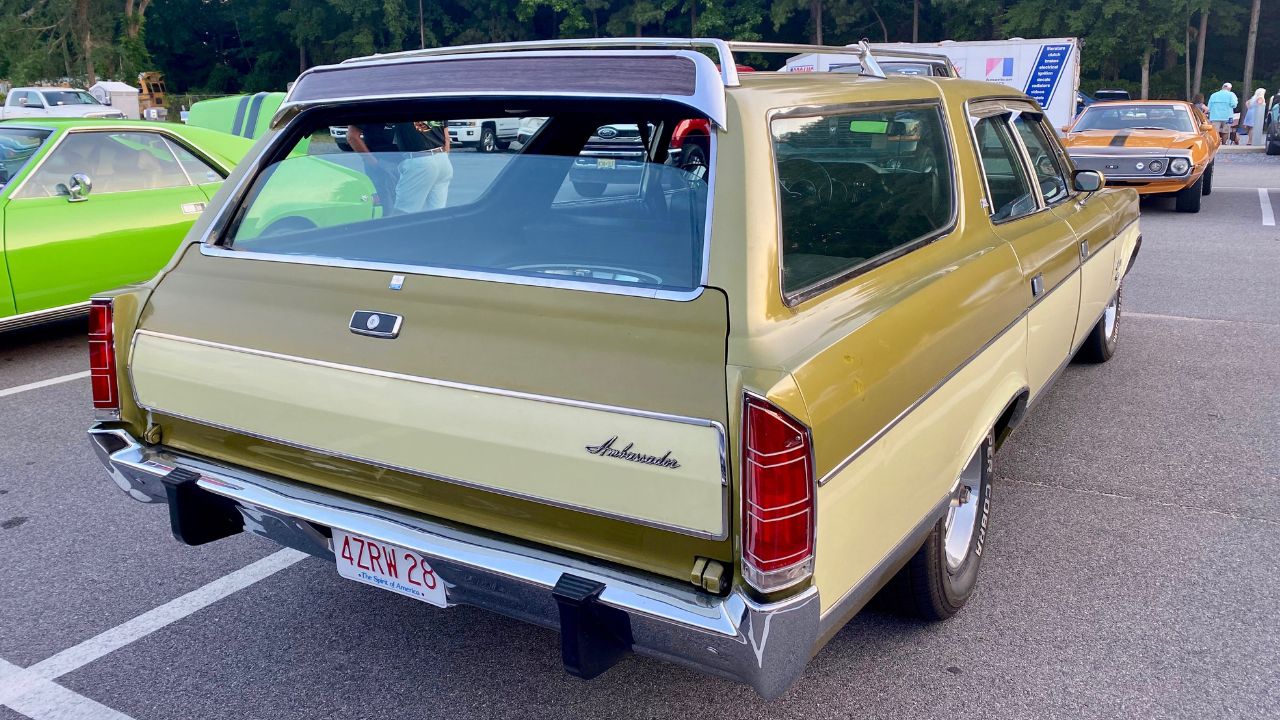
Tailgate Windows in Popular Media
The marketing campaigns of the 1950s and 1960s often highlighted tailgate windows as symbols of modernity and luxury. Car advertisements featured families enjoying picnics with the tailgate window rolled down, or adventurers loading gear for a weekend getaway. These images resonated with consumers, reinforcing the idea of the automobile as a gateway to freedom and exploration.
Films and television shows of the era also played a role in popularizing tailgate windows. The vehicles that featured them often belonged to characters who epitomized the American dream—successful, adventurous, and forward-thinking. This cultural portrayal helped cement the tailgate window as a desirable feature, aligning it with the aspirational values of the time.
Influence on Car Culture
The impact of tailgate windows extended beyond marketing into the realm of car culture. They influenced how vehicles were used, especially in the context of post-war American leisure activities. Road trips became a quintessential part of family life, with station wagons equipped with tailgate windows serving as the vehicle of choice for these adventures.
The versatility offered by tailgate windows made them a staple in the camping and outdoor community. Enthusiasts appreciated the ability to easily access gear and supplies, enhancing the overall experience of being on the road. This practical application of tailgate windows reinforced their status as a functional yet innovative addition to automobiles of the era.
Challenges and Decline
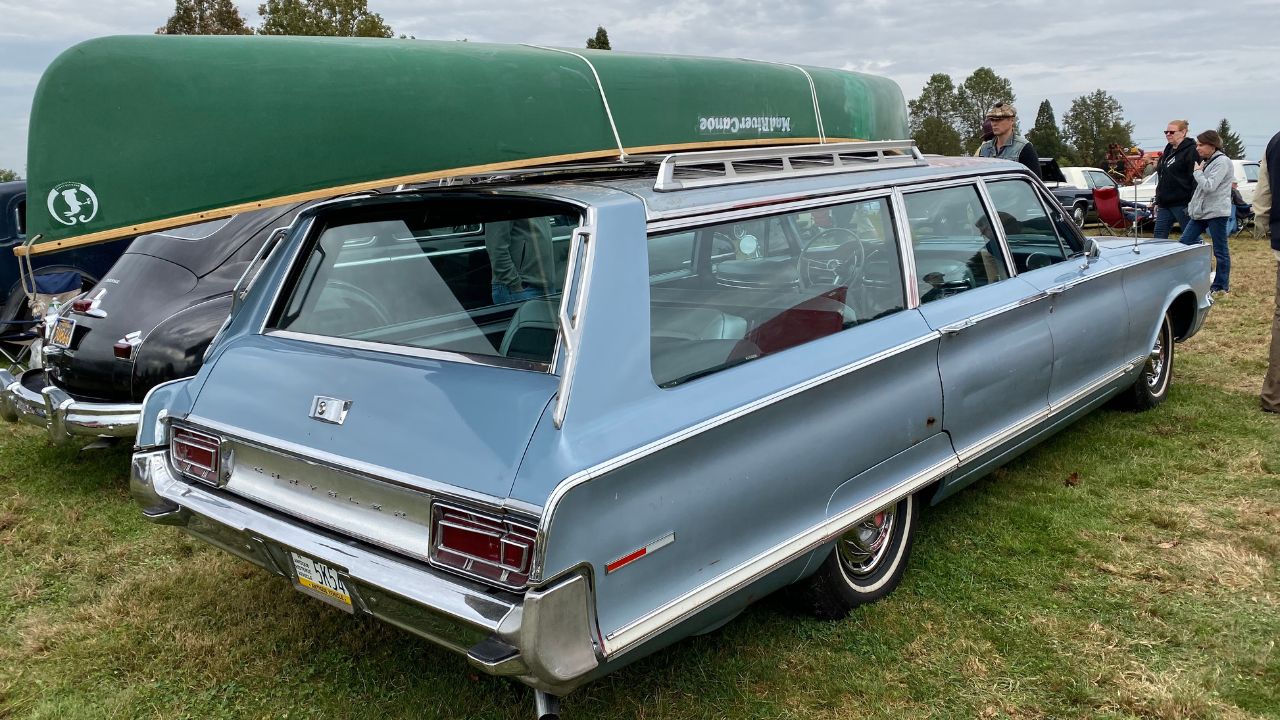
Technical and Practical Limitations
Despite their initial appeal, tailgate windows faced several challenges that hindered their widespread adoption. Maintenance issues were a significant concern, as the mechanisms required regular upkeep to ensure smooth operation. Additionally, the cost of adding such features to a vehicle often made them a premium option, limiting their accessibility to a broader audience.
The technical complexities involved in designing reliable roll-down or electric tailgate windows also posed challenges. As automotive technology advanced, manufacturers began to prioritize other innovations that promised greater returns on investment. This shift in focus contributed to the decline of tailgate windows as a mainstream feature.
The Shift in Consumer Preferences
As consumer preferences evolved, the demand for tailgate windows diminished. The rise of new vehicle types, such as SUVs and minivans, offered alternative solutions for families and outdoor enthusiasts. These vehicles provided increased space and versatility without the need for specialized features like tailgate windows.
The changing landscape of the automotive market, coupled with a growing emphasis on cost-effectiveness and practicality, led to a decline in the popularity of tailgate window innovations. By the late 1970s, they had largely faded from the mainstream, becoming a relic of a bygone era in automotive history.
Legacy and Modern Reflections
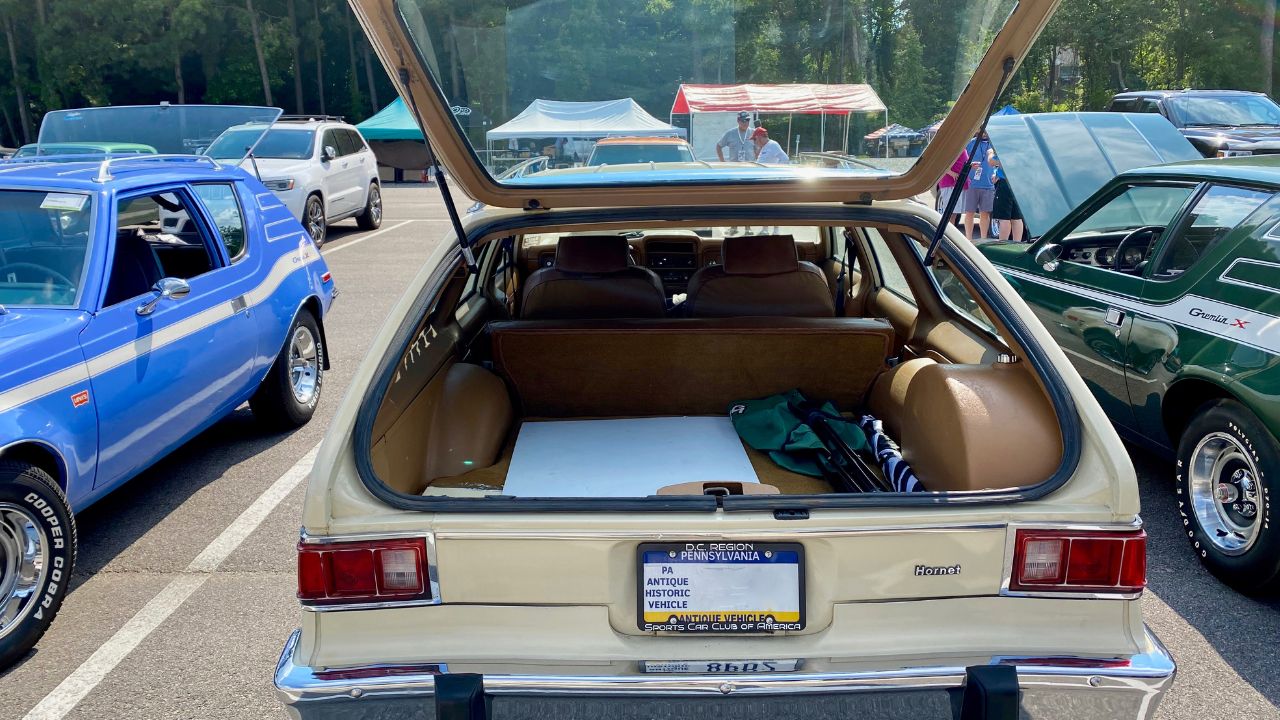
Influence on Contemporary Designs
Although tailgate windows are no longer a common feature, their legacy lives on in modern automotive design. The spirit of innovation they embodied can be seen in contemporary features such as panoramic sunroofs and rear hatch windows. These elements continue to prioritize functionality and convenience, echoing the principles that made tailgate windows appealing in their time.
Today, car manufacturers draw inspiration from past innovations to create vehicles that meet the evolving needs of consumers. While the specific form of tailgate windows may have changed, their influence is evident in the continued emphasis on enhancing the driving experience through thoughtful design.
Nostalgia and Revival Efforts
The cultural nostalgia for tailgate window innovations has sparked interest among car enthusiasts and collectors. Restorations of classic vehicles often focus on preserving or reviving these features, highlighting their historical significance. Enthusiast communities celebrate the uniqueness of tailgate windows, organizing events and showcases that pay homage to this distinctive aspect of automotive history.
Some manufacturers have explored the idea of reintroducing tailgate-inspired features in modern vehicles, appealing to consumers’ sense of nostalgia while integrating contemporary technology. These efforts reflect a broader trend of honoring past innovations while adapting them to meet the demands of today’s market.
Like Fast Lane Only’s content? Be sure to follow us.
Here’s more from us:
*Created with AI assistance and editor review.

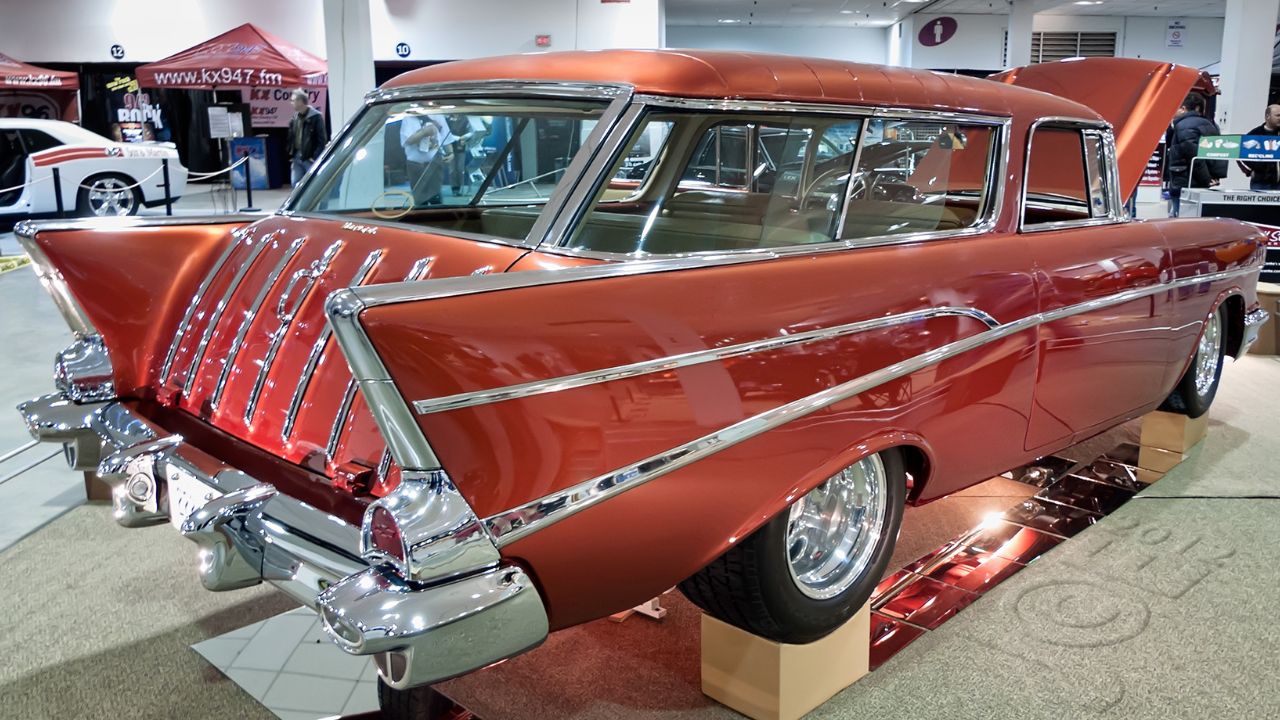
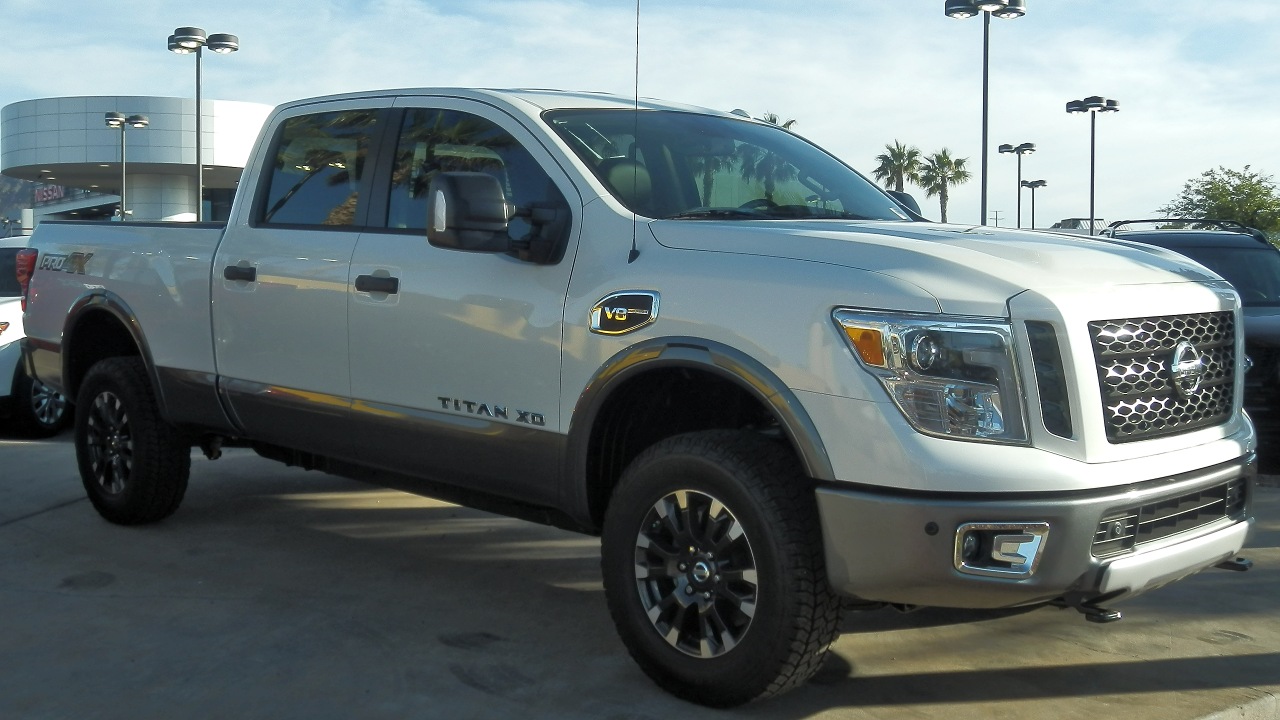

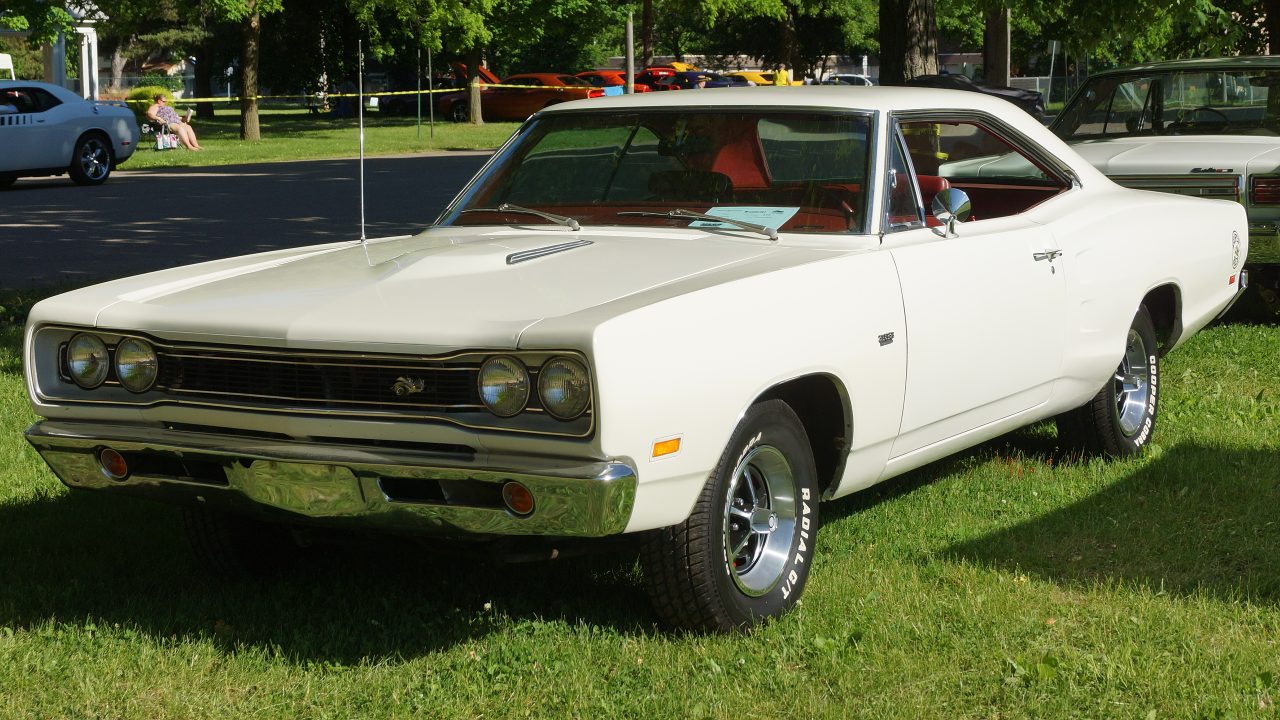
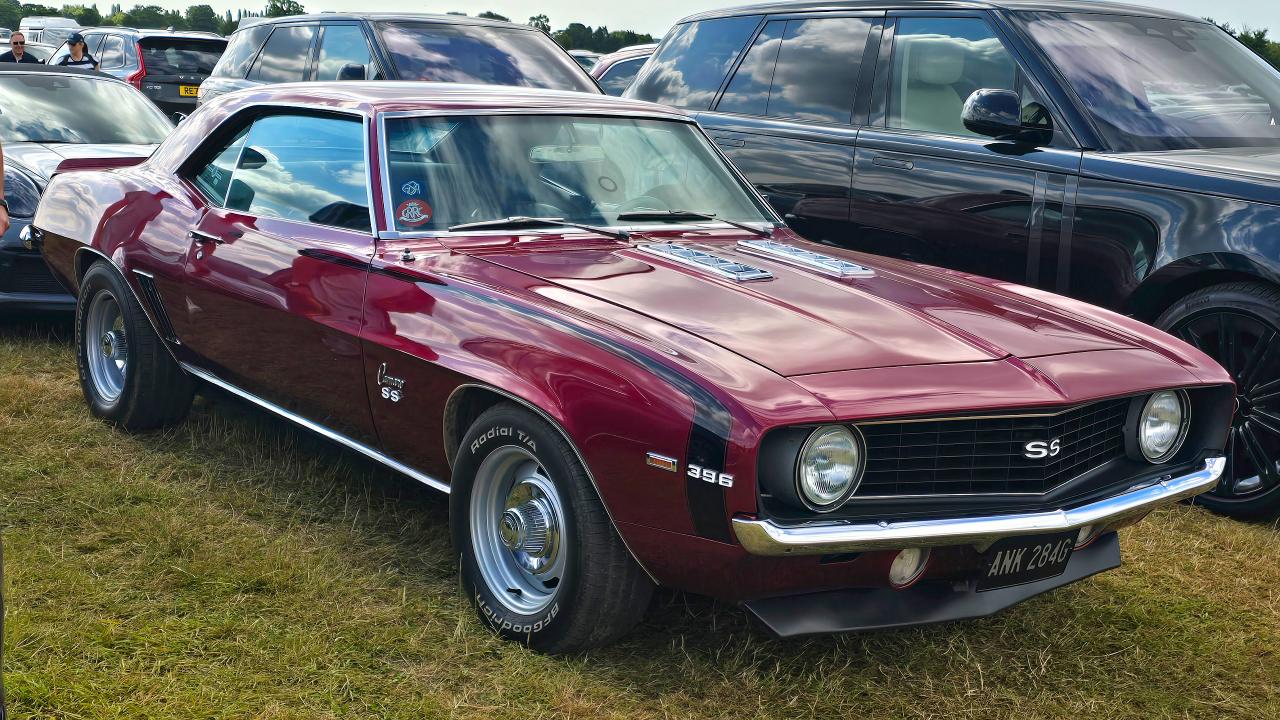

Leave a Reply